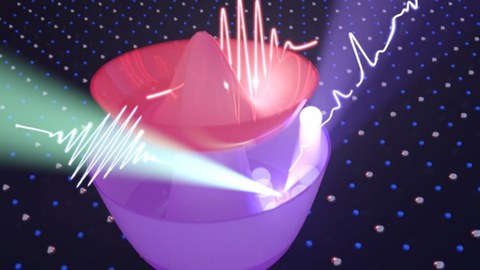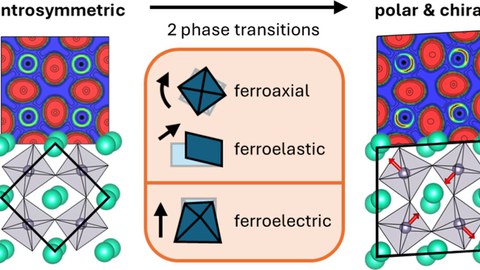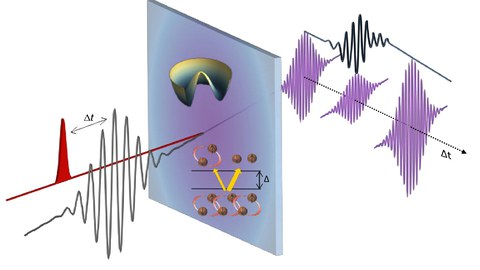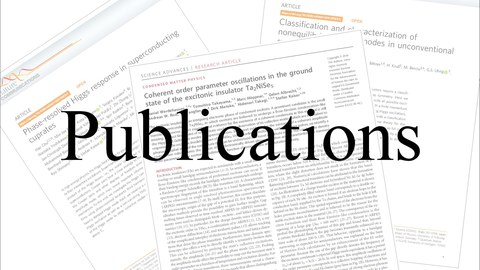 © S. Danzenbächer
© S. Danzenbächer
Ultrafast Solid State Physics and Photonics
We search for new ways of manipulating modern quantum materials using strong ultrashort light pulses in order to control emergent physical properties and find new functionalities of dynamically driven matter.
The chair of Ultrafast Solid State Physics and Photonicsat the TU Dresden has a strong research interest is ultrafast spectroscopy of strongly correlated electron materials and novel quantum materials. The group applies advanced nonlinear optical methods (both table-top as well as large scale facilities) not only to investigate ultrafast dynamics in complex solid-state materials but also to control them with tailored light pulses.
One research focus is the light induced superconductivity in high temperature superconductors. We investigate different scenarios like the balancing between competing phases triggered by ultrashort light pulses or explore possibilities of dynamical stabilization in periodically driven light fields. The latter relates directly to another main research field of the group: Quantum many body dynamics in correlated electron materials. We use advanced quantum materials, e.g. organic conductors and superconductors, as model systems to investigate the ultrafast dynamics of electronic correlations and their coupling to external excitations. We aim tracing the dynamics of the system directly on the time-scale of the effective electronic interactions. In order to control such systems we use mode selective driving that allows us modulating the effective interactions and induce quantum quenches e.g. in solid state Mott systems. Other systems of interest involve the elusive state of an excitonic insulator or collective excitations in excitonic magnetism.
Going beyond time-resolved probes of the excitation spectrum we have developed ‘Higgs-Spectroscopy’ as novel method to directly probe the collective dynamics of superconducting condensates. In general this method completes our view on driven dynamics in many body systems that we can apply now to novel quantum materials: It allows us proving the existence of new coherent ground states like the afore mentioned excitonic insulators or identifying the nature of correlated magnetism based on collective ground state excitations.







